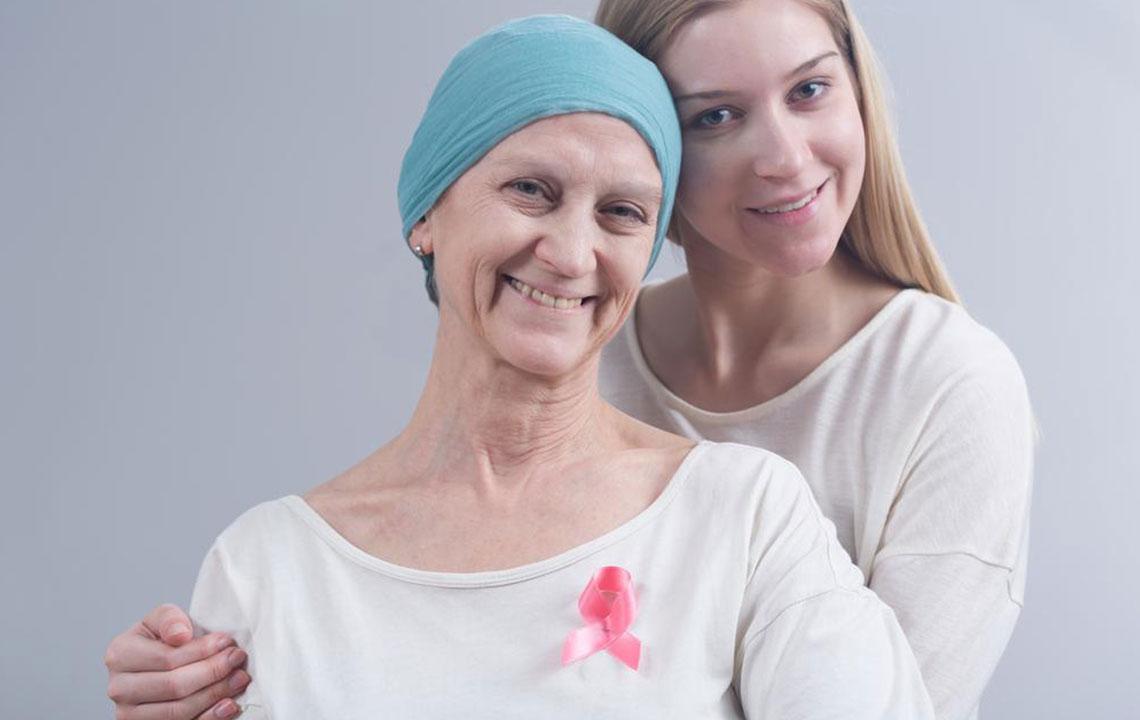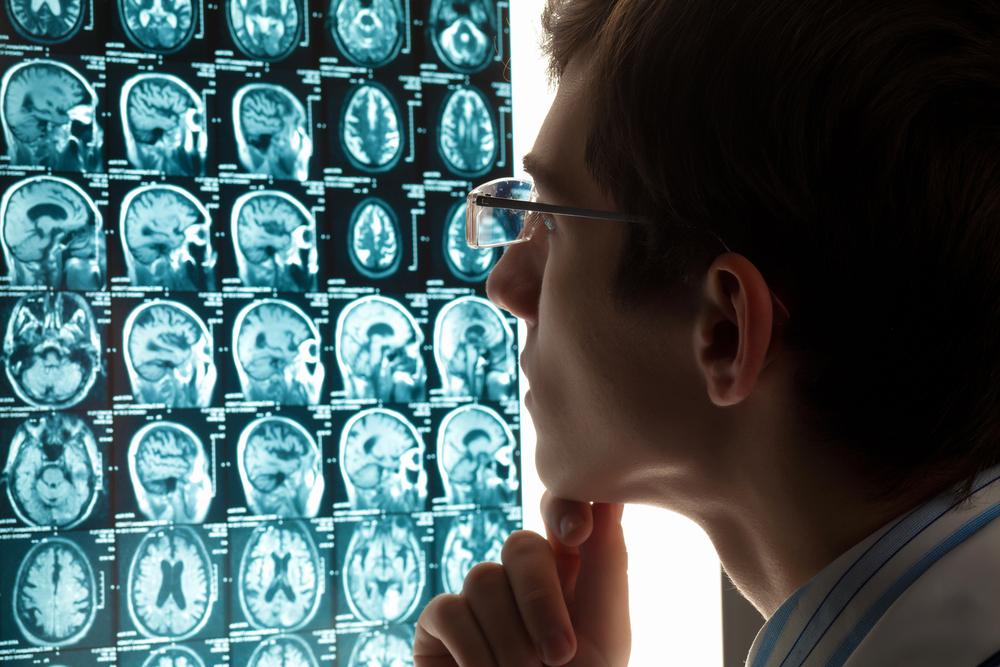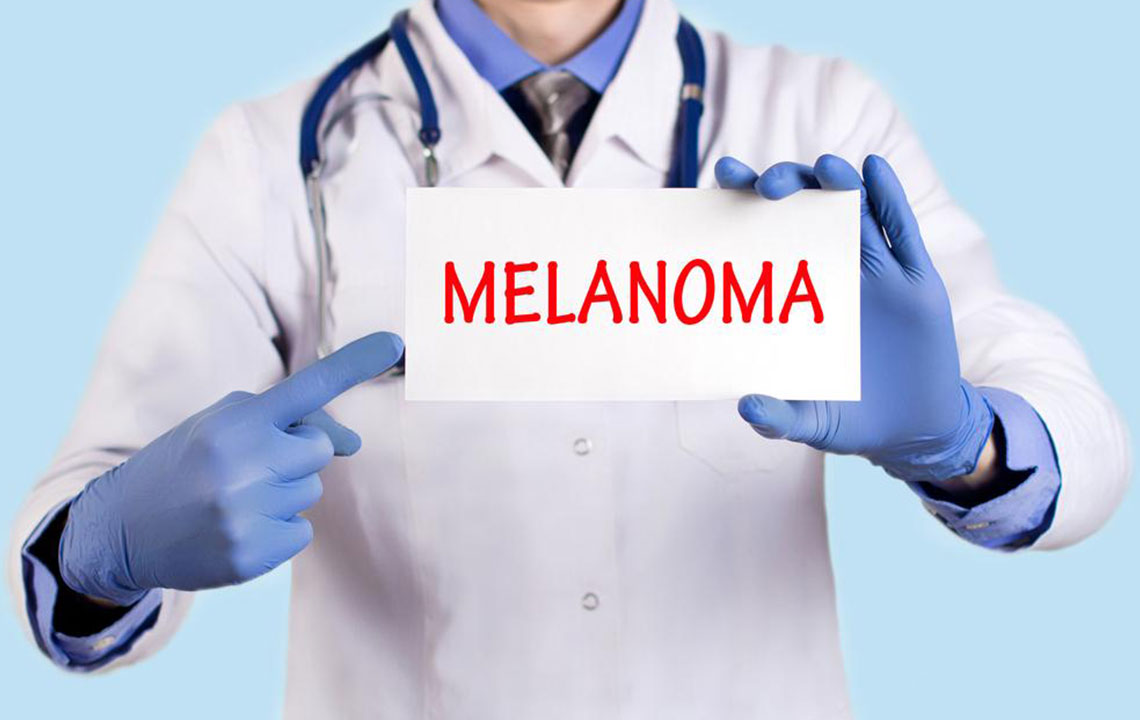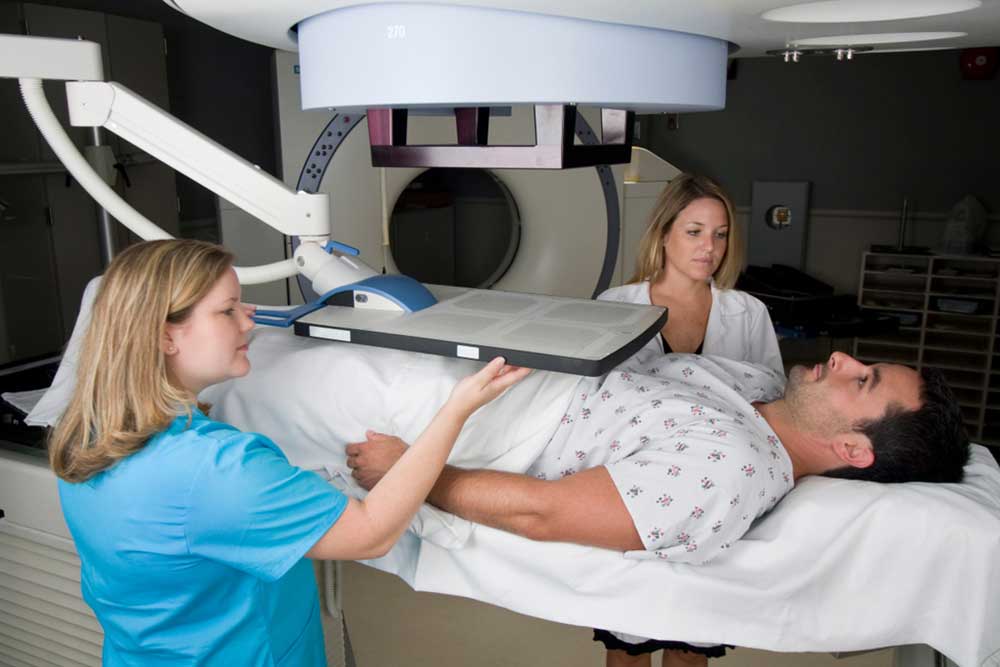Top 3 Treatment Strategies for Advanced Breast Cancer Patients
Explore the three primary treatments for metastatic breast cancer: hormonal therapy, chemotherapy, and targeted therapy. This article explains how each approach works, their benefits, potential side effects, and which patients they are best suited for. While cure is unlikely, these options aim to prolong survival and improve quality of life by controlling disease progression. Understanding these treatments helps patients and caregivers make informed decisions in managing advanced breast cancer effectively.

Understanding Treatment Options for Metastatic Breast Cancer
Metastatic breast cancer, also known as Stage IV or advanced breast cancer, occurs when cancer cells spread beyond the breast to other parts of the body, such as the brain, liver, bones, or lungs. It is a challenging stage, often reappearing years after initial treatment of early breast cancer. In the U.S., approximately 154,000 individuals are diagnosed with metastatic breast cancer annually. Although cure is rare, treatments aim to extend life and improve quality by slowing disease progression with minimal side effects.
Selection of treatment depends on cancer cell characteristics, spread extent, patient health, age, symptoms, and prior treatments. Common approaches include hormonal therapy, chemotherapy, and targeted therapy, each tailored to specific cancer types and patient needs.
Hormonal Therapy: Primarily used for hormone receptor-positive tumors, hormonal therapy reduces estrogen levels or blocks its effects, hindering cancer growth. In premenopausal women, ovarian suppression is necessary via surgery or medication. Postmenopausal women receive anti-estrogen drugs or inhibitors. Treatments may need to be repeated and can lose effectiveness over time, prompting a switch to chemotherapy if needed.
Chemotherapy: Suitable for hormone receptor-negative or HER2-positive cancers, chemotherapy quickly shrinks tumors by destroying cancer cells. Treatments typically last 3-6 months, with multiple cycles. While highly effective, chemotherapy can cause side effects like fatigue, hair loss, and nausea, which are usually temporary but may persist longer in some cases.
Targeted Therapy: Used for HER2-positive breast cancer, targeted therapies involve antibody drugs that specifically attack HER2 proteins on cancer cells. Administered intravenously, these drugs inhibit tumor growth with fewer side effects, such as hair loss or marrow suppression. Common adverse effects include nausea, headaches, or dry skin.
Disclaimer: Our website provides broad informational content based on research and data. Readers should not consider this as medical advice and should consult healthcare professionals for personalized treatment decisions. We are not responsible for inaccuracies or differences in available treatments or offers.










